Choose Local with Minnesota Grown Beef
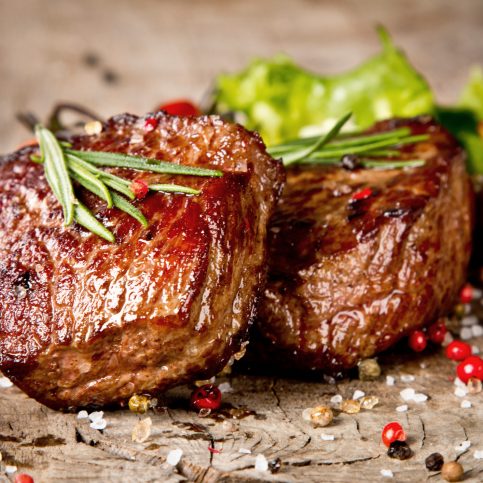
Buying local:
Know your meat:

Chuck
Pleasant balance of meat and fat. Often used for ground beef. Makes a great pot roast.
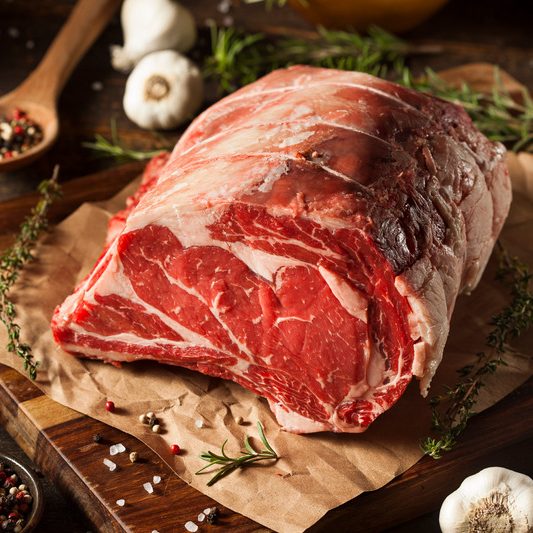
Prime Rib
Fat marbling makes for good slow roasts. Tender cuts of meat. Yields prime rib, rib eyes, rib steak, and back ribs.
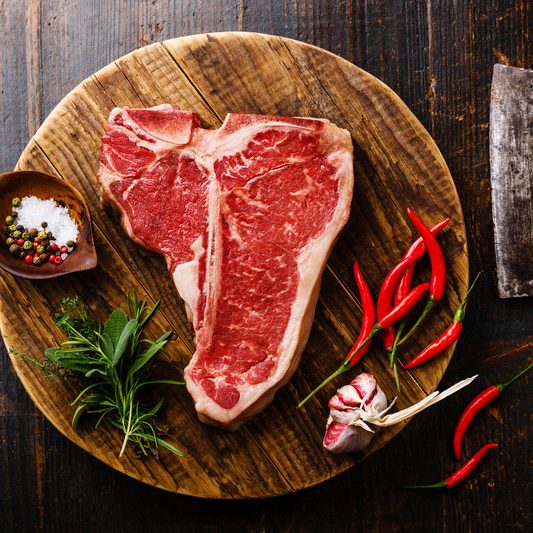
Short Loin
Comes from the back of the cattle. Includes the top loin and tenderloin. Yields strip steaks and t-bones.
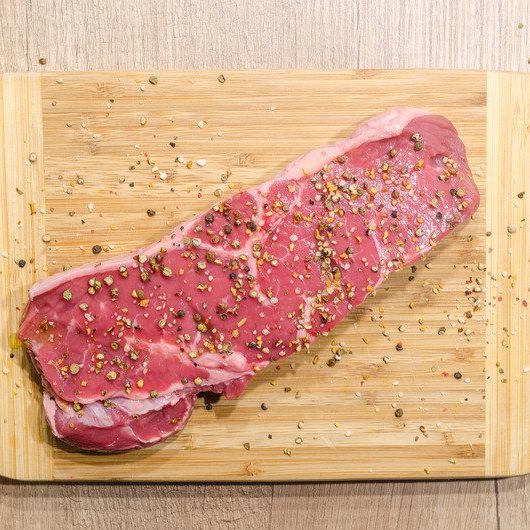
Sirloin
Found on the back of the cattle. Makes a great steak on the grill. Season with salt and pepper, cook 4 min each side.

Tenderloin
Sits below the ribs and next to the backbone. The tenderest part of the animal. Yields filet mignon.

Top Sirloin
Lean cut of meat that comes from the back half of the cattle. Juicy and versatile. Works well as steak or kabobs.
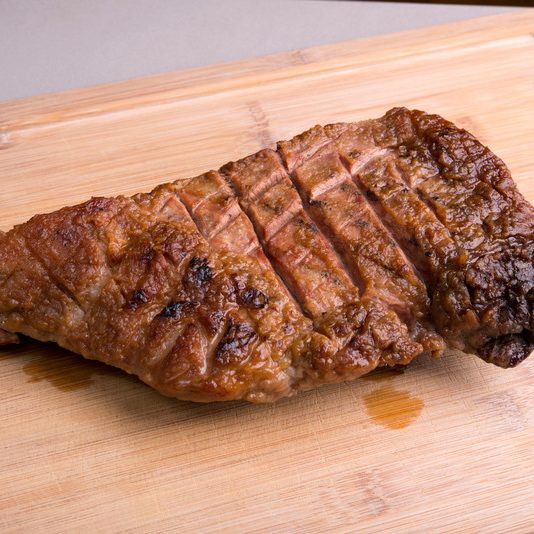
Bottom Sirloin
Sits below the top sirloin. A lean and chewy cut. Works well roasted or grilled.
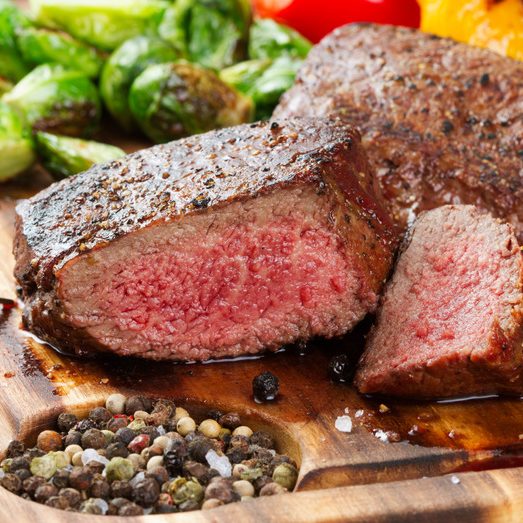
Round Steak
From the rear leg. Divided into the eye, bottom, and top round. A lean, somewhat tough cut. Works well braised.

Brisket
Comes from the lower chest. A tougher cut of meat. Pairs well with spice rubs, marinating, and wood smoke.
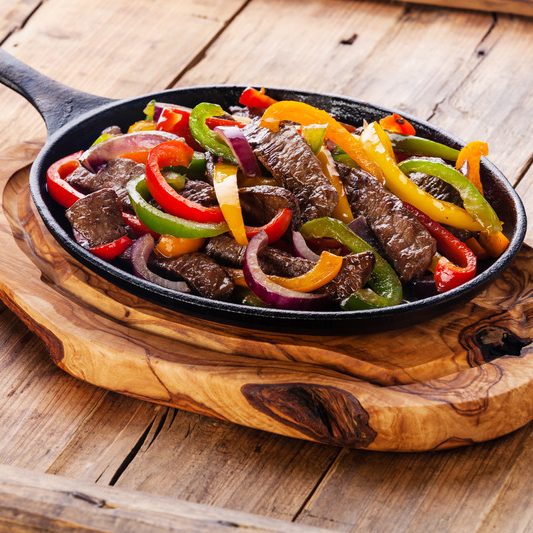
Plate
Cut from the belly of the cow. A cheaper, tough and fatty meat. Used for skirt steak, fajitas, or hanger steak.
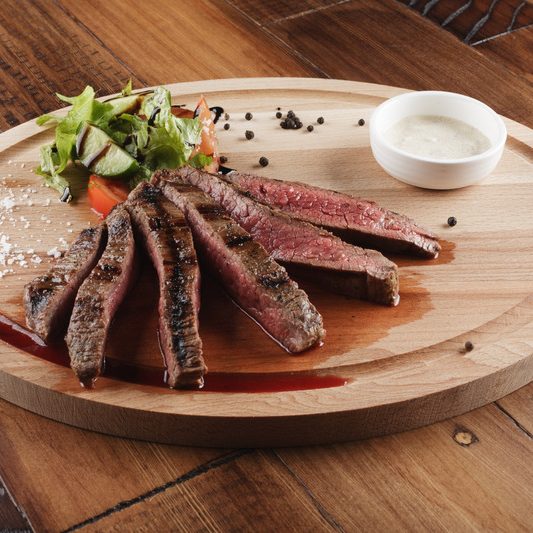
Flank Steak
A long and flat cut that is a common alternative to the skirt steak. Can be grilled, broiled, or braised to tenderize.
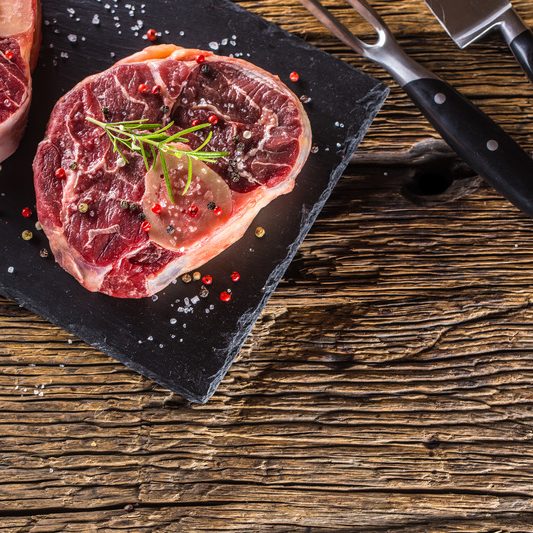
Shank Steak
Found in the leg. A tough, dry, and sinewy piece of meat. Best when cooked under long, moist heat.
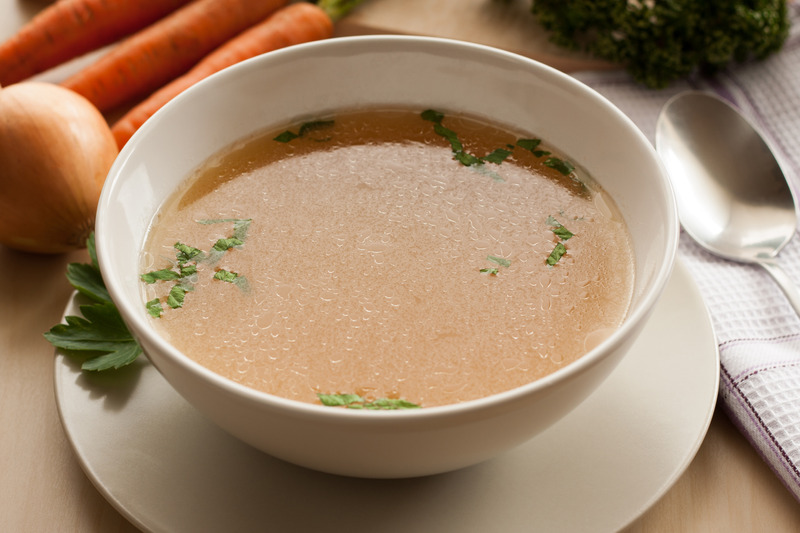
Marrow Bones
Perfect for making homemade beef broth. Combine spices, bones, and vegetables and simmer for one to two days for a flavorful broth.
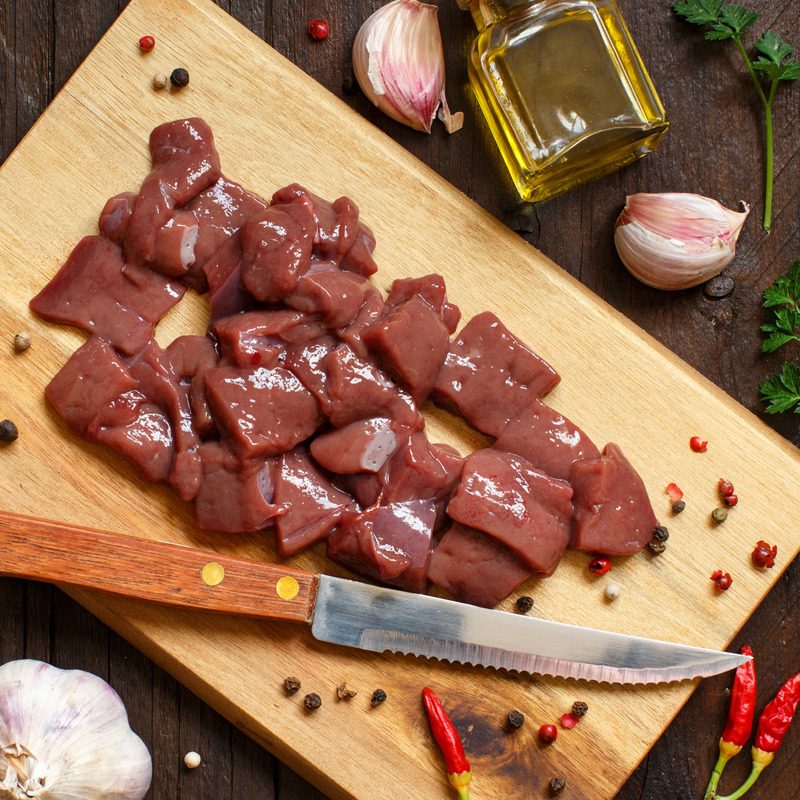
Organ Meats
The most nutritious cuts of the cow. Cook the heart instead of a brisket, or try out a kidney soup. Add liver to chili for a vitamin boost.
